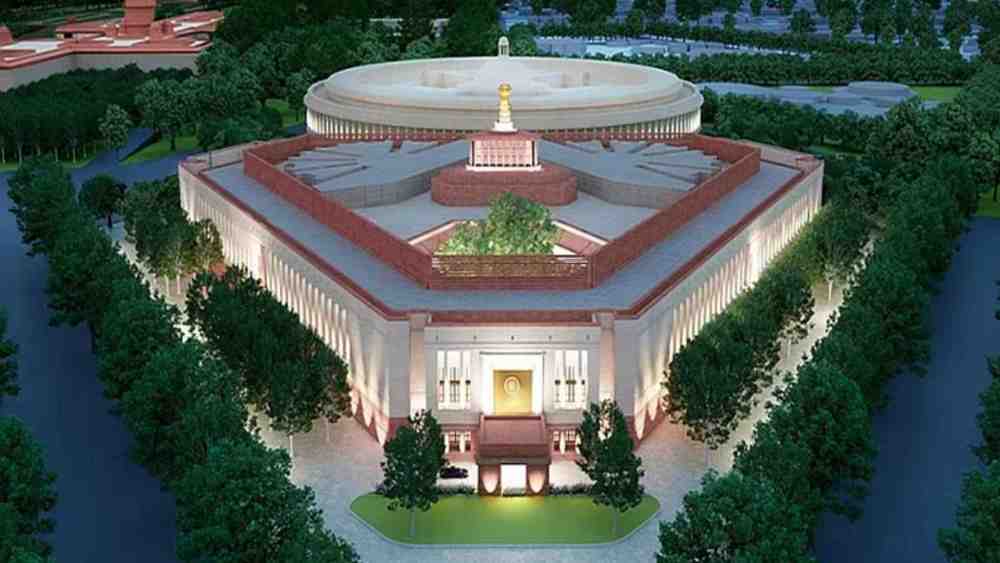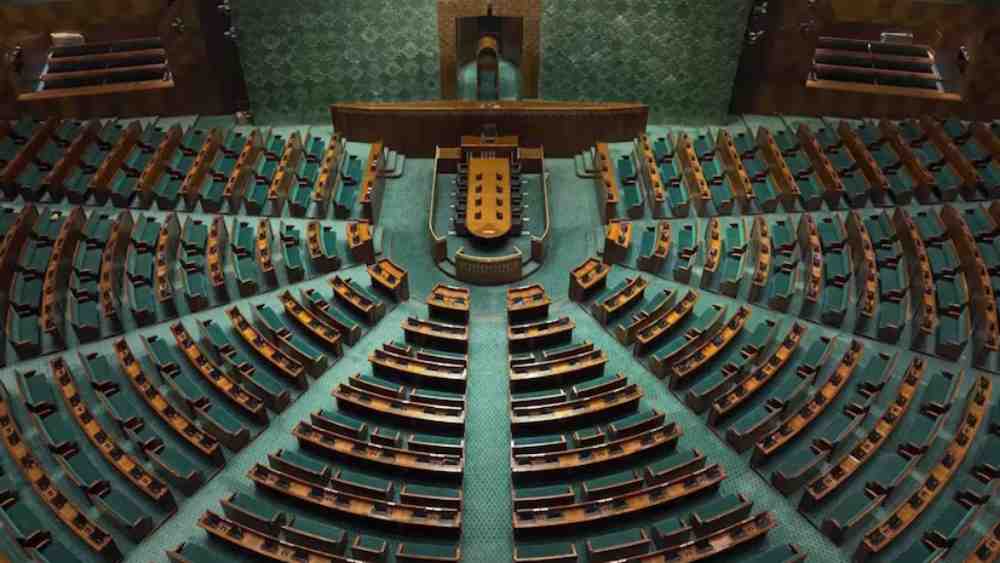As the much-anticipated five-day special session of Parliament kicked off, an exciting announcement took center stage: the government revealed its plans to shift House proceedings to the newly inaugurated Parliament building starting Tuesday. The grand inauguration of this architectural marvel on May 28, 2023, by Prime Minister Narendra Modi had drawn widespread attention, with traditional prayers and the presence of top cabinet ministers adding a touch of solemnity and significance to the event. This article explores the key features and significance of India’s new Parliament building.

A Monument of National Aspirations:
Constructed with an estimated expenditure of Rs 970 crore, the newly built four-story structure spans an impressive 65,000 square meters and houses an extraordinary collection of nearly 5,000 art pieces. The official Central Vista project website proudly presents the new Parliament building as a reflection of the aspirations of India’s vast population, numbering 135 crores. It is designed to coexist harmoniously with the existing Parliament House while enhancing operational efficiency.
Optimized Space Utilization:
One of the standout features of the new Parliament building is its efficient space utilization. With a built-up area of approximately 65,000 square meters and a unique triangular design, the structure maximizes space utility.
Enhanced Capacity:
The new Parliament building boasts an enhanced capacity, accommodating a larger Lok Sabha hall with seating for up to 888 members and a Rajya Sabha hall capable of accommodating 384 members. For joint sessions of Parliament, the Lok Sabha hall can house up to 1,272 seats.

Symbolic Themes:
The design of the Lok Sabha hall revolves around the peacock theme, symbolizing India’s national bird, while the Rajya Sabha hall features the lotus theme, representing India’s national flower.
Constitutional Hall:
A state-of-the-art Constitutional Hall places Indian citizens at the heart of the democratic process, symbolically and physically.
Modern Office Spaces:
The building features ultra-modern office spaces equipped with cutting-edge communication technology, ensuring security and efficiency in parliamentary proceedings.
Advanced Committee Rooms:
Large committee rooms are equipped with state-of-the-art audio-visual equipment, elevating the library experience for parliamentarians.

Environmental Sustainability:
Designed as a “Platinum-rated Green Building,” the new Sansad Bhavan underscores India’s commitment to environmental sustainability.
Cultural Integration:
The new Parliament building serves as a representation of Indian heritage, seamlessly incorporating the vibrancy and diversity of modern India, including cultural and regional arts and crafts.
Central Lounge and Courtyard:
Members will benefit from a Central Lounge designed for interaction, complemented by an open courtyard featuring a banyan tree, India’s national tree.
The construction of India’s new Parliament building embodies a commitment to meeting the evolving needs of the nation’s democracy. It offers modern facilities while respecting India’s rich heritage, promoting sustainability, and embracing inclusivity. As this iconic structure takes its place in India’s capital, it stands as a symbol of the nation’s aspirations and a testament to its democratic ideals.
